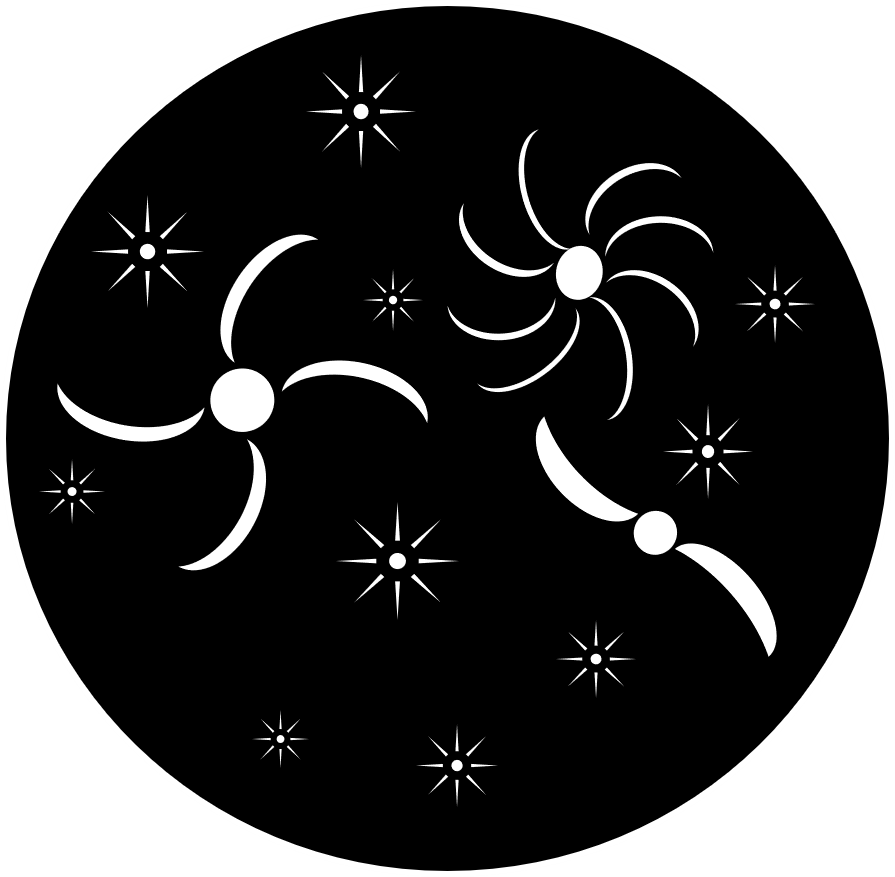It is reductionist and unimaginative to contend that there are no new stories to tell, akin to the assertions that history is just a cycle that repeats itself. As long as there are new people, as long as the world is changing and entropy hasn’t prevailed throughout the universe, there will be new stories.
Wondrous Tales
All of this reflection, eventually, produced a name for the sense I had for what was missing in my writing and what unifies the pieces I enjoy the most: wonder.
Beyond Word Count
I find word count provides helpful insights into my writing habits and the structure of my stories. On shorter time scales, though, it doesn’t always reflect the amount of writing work I might be doing.
Imagination Vs. Extrapolation
Imagination isn’t just thinking about what could be. It’s asking what if anything could be.
Two-Way Storytelling
It took growing my confidence as a writer, and reflecting on oral storytelling traditions and the performative nature of language, to realize that storytelling isn’t a one-way street, that I am not so much telling a story, dictating it via text, as I am sharing it with a fellow traveler along the journey that the story describes.
A Short Story Argument
Think of argument as how a story bridges to reality
Choosing Viewpoint: The Third Person Omniscient
If we look back at the origins of storytelling, I posit that there are two natural viewpoints from which stories can be told: the first person past tense, and the third person omniscient.
Choosing Viewpoint: The Third Person Limited
Third person limited past tense might be the single most dominant viewpoint in genre fiction today.
Choosing Viewpoint: The First Person
This first post will cover the first person past perspective and the first person present perspective, the next post will be on the third person limited past and present perspectives, and the third in the series will address the third person omniscient in past and present tense.
Predicting the Future of Science Fiction
If we don’t have a vision for the future, the future might never arrive.
